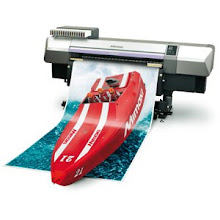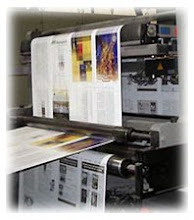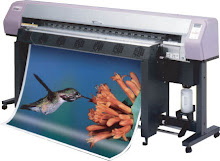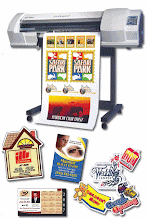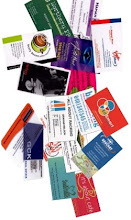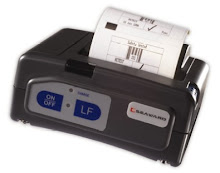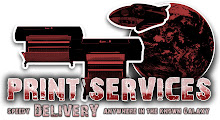
The good:
The Epson NX430 stuffs a printer, scanner, and copy machine into a device that also fits in tiny places, and Epson's iPrint software extends your printing reach to compatible Android and iOS devices.
The bad:
The printer lacks an Ethernet port for wired networking, and its "moderate-capacity" cartridge bay may be a money sink if you print a high volume of photos and color documents.
The bottom line:
The Epson NX430 "Small-in-One" printer is a solid investment for students and office jockeys who print high-quality photos and documents however don't have the space for a large format device.
Released in time for the back-to-school season, Epson squeezes a printer, scanner, and copy machine into a little device it's calling the "small-in-one." The Stylus NX430 occupies roughly the same quantity of desk space as your average Blue-ray player, and it performed twice as fast as the four other competitive models, with high-scoring quality results to boot. We suggest investing in Epson's extra-large-capacity ink refill tanks if you print a large volume of full-color documents and photos, but if price and space hold top priority on your printer shopping list, the $99 Epson Stylus NX430 is worth your dollar.
Design and features:
The Stylus NX430's space-saving design is that the printer's main focus, measuring a little more than 15 inches wide, 20 inches deep, and 11 inches tall. Relative to different printers, its size falls somewhere between a single function inkjet and a color laser printer, but at 9 pounds it's only half the weight of the average color laser printer and ideal for offices that regularly move workstations.
The center control panel sits within a console that rotates up an appropriate viewing angle. Though I'm not usually a fan of virtual-only button layouts, I like that the only buttons that light up on the NX430 are the four-way directional pad and the power on and off controls--the rest of the functions enlighten depending on the particular function you are accessing.
I did notice that the screen on this machine feels distinctly less responsive than the capacitive touch dials on the higher-end Workforce 845 All-in-One. By contrast, NX430's plastic surrounding the screen contains a tendency to flex as you press down on it, lending a mushy feeling to menu navigation. The screen itself never gave me problem in terms of virtual button actuation, however.
I can't fault a $99 device for not including an auto-document feeder or multiple paper input trays, thus all paper handling is fed through the single tray on the back and exits through the "mouth" below the controls. You'll also notice a memory card reader up front that lets you walk up and print from an expansion card without really touching a computer. You can preview your photos on the ample 2.5-inch LCD touch panel, and even make simple adjustments to crop dimensions, resize, or perform one-button touch-ups.
Epson offers you the option to connect the printer to your computer using direct USB or Wi-Fi. I assume most of you will prefer the latter, since Epson doesn't include a USB cable in the box. Smart setup on the touch panel may be a two-part process: turn on the machine and click Network Setting, then designate your wireless network and enter its password and that's it. The complete setup from start to finish, with a connection established on our lab network, took us less than 2 minutes.
The installation procedure also includes a step that asks if you want the system to automatically hunt and install firmware updates, and we recommend you click "yes" when prompted; the appeal of Web-connected printers like the NX430 means you don't have to wait for Epson to ship you software updates, so take advantage of it.
Connecting through Wi-Fi also means you can take advantage of Epson's host of free mobile printing apps that allow you print directly from mobile devices. First, the Epson iPrint application for iOS and Android devices enables you to print Web pages, photos, documents, and anything else on a Smartphone directly to the Workforce NX430, though I noticed the printer cropped photos when I flipped orientation from portrait to landscape and vice versa, so I wouldn't suggest using the app to print important images like business presentations this way; it's more appropriate for quick outputs of snapshot photos and to-do lists.

























